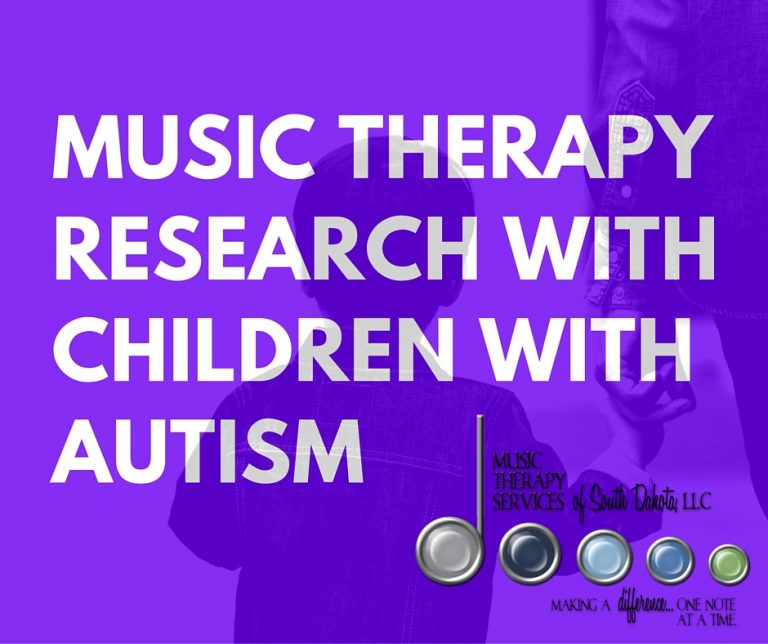When researched as a cure, results were poor but when functional gains were monitored definite improvements were apparent. Autism spectrum disorder (ASD) is a developmental disorder that affects behaviour and communication. It may be diagnosed at any age, but it generally appears in the first two years of a child. Although ASD can be a lifelong disorder, treatments may help improve an autistic individual’s symptoms and ability to function. Read more about music therapy for autism here. People on the spectrum may show developmental differences while growing up in the way they behave, communicate and interact.
The inclusion criteria were pre-specified according to the PICOS (participants, interventions, comparisons, outcomes, and study design) framework (see Table 1). Studies investigating children who had a definite diagnosis of autism were included. The interventions had to be delivered by a trained therapist to meet the definition of MT. Both active and receptive interventions were included. To attain a complete set of the variables tested in this context, no outcomes were indicated in the search syntax.
Multidisciplinary Approach
Another strategy is to introduce musical activities gradually, starting with simpler tasks and building up to more complex ones over time. The therapist can assess the individual’s needs and preferences, as well as any sensory issues or aversions, and tailor the therapy approach accordingly. Music therapy is not intended to replace other forms of therapy, such as speech or occupational therapy. Instead, it can be used as a complementary treatment that enhances the effectiveness of these therapies. The study found that music can change how the brains of kids with autism work. Children with ASD have too much activity in their brains, making it hard for them to control what they do. In a study from 2018, kids between 6 and 12 years old who got music therapy showed more enjoyment and confidence.
How the Masgutova Method Can Be Beneficial for Autistic Children
Music therapy is the clinical and evidence-based use of music interventions to accomplish therapy goals. In the case of autism, music therapy helps individuals identify and appropriately express their emotions, and it can stimulate cognitive functioning and help with speech and language skills.
According to research, dancing exercises in songs also help stimulate the sensory systems, allowing the children to enhance their fine motor skills. And while they may have some overlapping benefits, the overall goals and techniques used are not the same.
Emotional Regulation
Playing musical instruments together provide a way for them to have fun together whilst strengthening the bonds of communication. Playing, or listening to music together also leads to the feeling of closeness and understanding between a child on the spectrum and his family.









